The US State Department has just approved South Korea’s request to purchase up to 36 AH-64E Apache helicopters. Just last week, Poland signed a $10 billion deal to buy 96 Apache attack helicopters from U.S. manufacturer Boeing to upgrade the country’s military capabilities.
The US and Soviet Union extensively used attack helicopters in Vietnam, Iraq, and Afghanistan. China and India are pushing ahead with dedicated attack helicopters. Turkey has a successful attack helicopter program, along with Italy.
Yet many attack helicopters were shot up in the Ukraine conflict. In Gaza, Israelis have been selective in using attack helicopters due to fear of losing to shoulder-fired man-portable AD systems (MANPADS) and other close-in-weapon-systems (CIWS).
Attack helicopters have to fly low, nap-of-the-earth (NOE), which makes them vulnerable. They don’t come cheap, and they are not easy to develop. It will take time to understand the dynamics and options.
US-Made AH-64 Apache Still Stuck Near China Border, High Altitude Makes Recovery Difficult For India
Attack Helicopter Combat Roles
An attack helicopter, also called a helicopter gunship, is meant to have the offensive capability to attack and engage surface targets such as enemy infantry, military vehicles, armor tanks, gun positions, radars, communication nodes, urban warfare, and other fortifications. Their two primary roles remain direct, close battlefield support and anti-armor operations.
Attack helicopters are equipped with weapons such as slew-able auto-cannons, guided or unguided rockets, and anti-tank and surface attack missiles, among others. Some attack helicopters are also capable of carrying air-to-air missiles for self-defense and taking on other attack helicopters, light aircraft, or even UAVs.
Attack helicopters are also used as protective escorts for transport helicopters or to supplement lighter helicopters in the armed reconnaissance roles.
Initial Development
The World War II started seeing use of initial helicopters. In 1942, the Sikorsky R-4 became the first helicopter to reach full-scale production. Still very experimental in nature, they were mostly used for rescue.
Post WW II, the armed Sikorsky H-34s with the US Air Force (USAF) and armed Mil Mi-4 in service with the Soviet Air Forces were initial helicopters with limited combat capability.
These were essentially utility helicopters converted to armed roles. The use of Bell UH-1s and Mil Mi-8s during the Vietnam War was a significant boost. These two later turned out to be the most produced helicopter designs in aviation history. They did not have armor protection or high speed, yet they were reasonably successful because of the only moderate threat environment.
Since the 1960s, many countries have begun designing dedicated attack helicopters with armor protection, sensors, weapons, and aiming devices. They are armed with anti-tank weapons and optimized for this role. They are designed for quick mobility and maneuverability to launch quick, fleeting “pop-up attacks.” They are protected from organic air defenses.
Attack Helicopters Of United States
During the Korean War, the Bell HTL-4 helicopter could fire a bazooka in flight. By the mid-1960s, purpose-built attack helicopters with more speed, firepower, and armor protection, such as the UH-1B, had emerged.
Three attack helicopters—the Sikorsky S-61, Kaman H-2 “Tomahawk”, and Bell AH-1 Cobra—competed in the US Army competition.
In April 1966, the production contract was awarded for 110 AH-1G Cobras. The Cobra had tandem seating arrangements to reduce frontal target cross-section, greater speed, and increased armor protection. They were deployed in Vietnam. In June 1972, the US Marine Corps (USMC) began deploying AH-1J SeaCobra Attack Helicopters in South Vietnam.
In the late 1970s, the U.S. Army started the Advanced Attack Helicopter (AAH) program to enhance the anti-armor role and capability of the new AGM-114 Hellfire and night fighting capabilities.
From here evolved what was later to be the AH-64 Apache. The helicopter was inducted into U.S. Army service in April 1986. It has since been further refined, and the Boeing AH-64D Apache Longbow has advanced technologies.
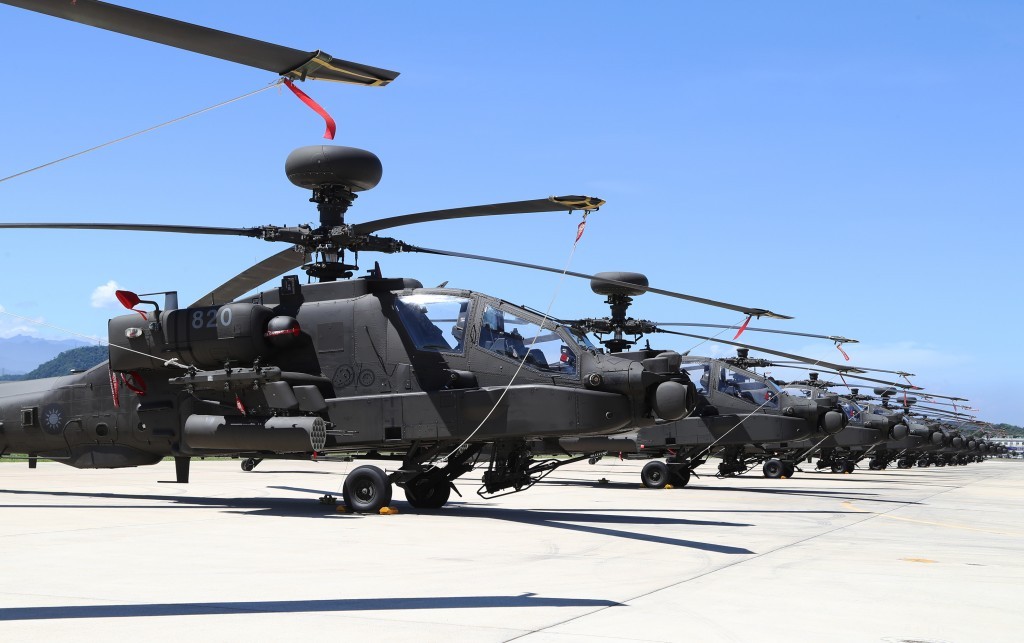
Over 5,000 Apache have been built since 1975, and production continues. Nearly 20 countries already operate them. The Indian Air Force (IAF) has 22, and the Indian Army will have six soon. The US Marine Corps continues to operate the AH-1 Super Cobra.
While attack helicopters remained effective tank-killers in the Middle East, some fixed-wing aircraft like Fairchild Republic A-10 Thunderbolt II were also effective against tanks. However helicopters retained a unique low-altitude, low-speed capability for close air support.
Soviet & Russian Attack Helicopters
In the early 1960s, Soviet engineers modified the V-24 infantry transport helicopter, which had small wings positioned to the rear of the passenger cabin. The helicopter could hold up to six missiles or rocket pods and had a twin-barrel GSh-23L cannon fixed to the landing skid.
From here began the development of the dedicated attack helicopter, the Mil Mi-24. The full-scale mock-up of the design was approved in February 1969, and flight tests of the prototype began in September 1969.
The series production began in 1970 and joined service in 1972. Numerous versions have been developed to this day. Over 2,650 Mi-24s have been built and continue to be built even today.
Soviet pilots called the Mi-24 the “flying tank”. The helicopter is currently in use by 58 countries. The export versions were Mi-25 and Mi-35. Mi-24s have seen action in nearly 30 conflicts since 1972, including the ongoing Ukraine War. IAF had two squadrons of these. The Indian Peace Keeping Force (1987–90) in Sri Lanka used Mi-24s.
A new design with reduced transport capability (3 troops instead of 8) and small similarity to the Mi-24 evolved and was called the Mil Mi-28 “Havoc.” Production began in 1987 but ceased in 1993 after the end of the Cold War.
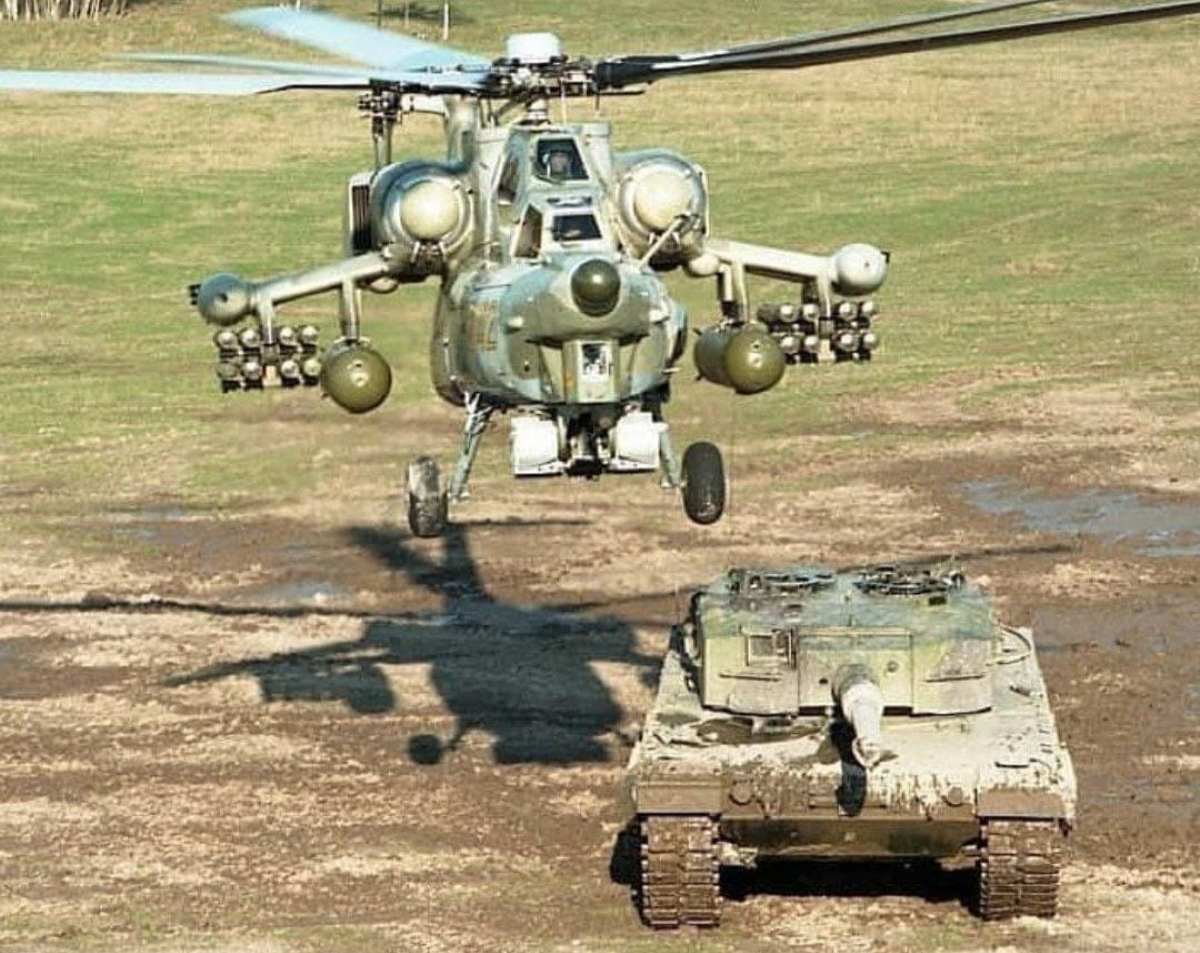
The Mi-28N had better all-weather capability and lower cost. In 2003, the head of the Russian Air Force stated that the Mi-28N and Ka-50 attack helicopters would become the standard Russian attack helicopters.
The first serial Mi-28N was delivered to the Army on 5 June 2006. The Mi-28N (N for Night) had a radar in a round cover above the main rotor, similar to that of the American AH-64D Apache Longbow. It had better weapon-aiming devices, including a TV camera and FLIR. Production continued, and 128 have been built to date.
The Kamov Ka-50 “Black Shark” is a single-seat attack helicopter. Designed in the 1980s, it joined service in the Russian army in 1995. It is used as a heavily armed scout helicopter and has an ejection system, which is unique for helicopters.
During the late 1990s, Kamov and Israel Aerospace Industries developed a tandem-seat cockpit version, the Kamov Ka-50-2 “Erdogan” to compete in Turkey’s attack helicopter competition.
Kamov also designed another two-seat variant, the Kamov Ka-52 “Alligator.” As of 2023, the Ka-52’s unit cost was $16 million. To date, around 200 Ka-52 have been built.
Egypt has 46 Ka-52s. The Upgraded Ka-52, with a modernized targeting turret, increased range, stronger undercarriage wheels, and improved cockpit ergonomics, is nicknamed “Super Alligator.”
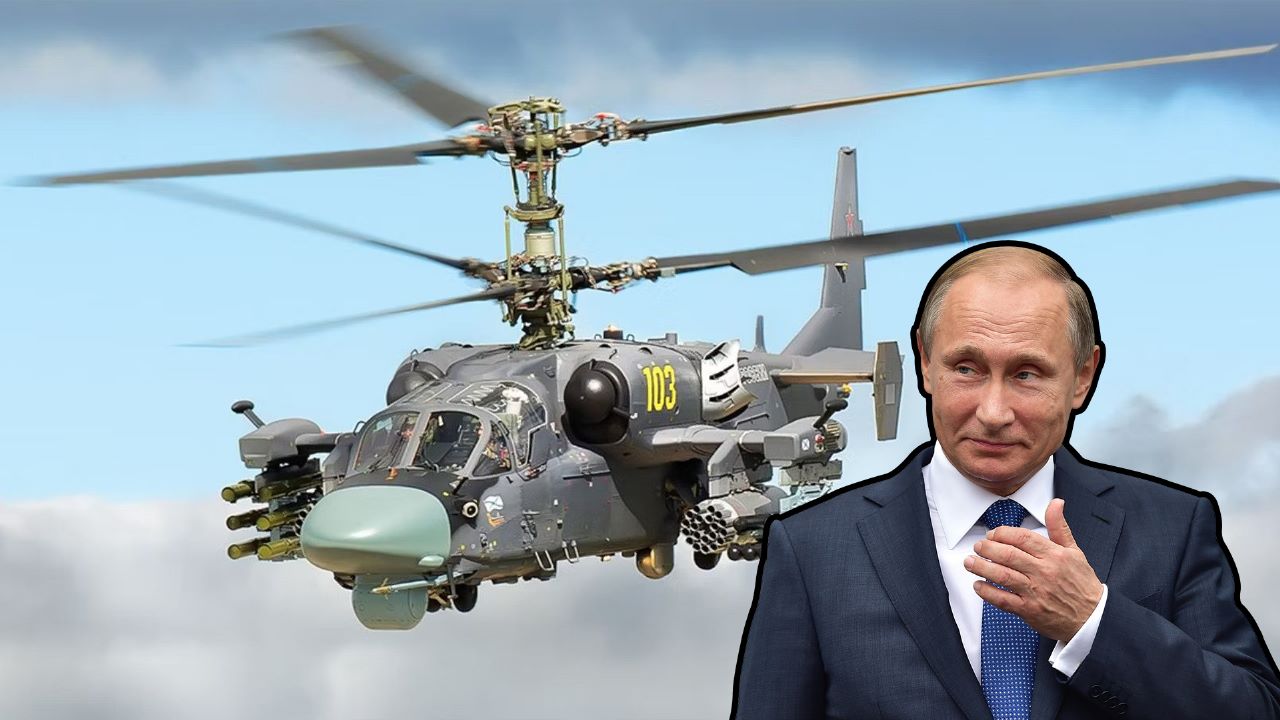
It has six under-wing hard points, plus two on wingtips for countermeasures or air-to-air missiles, and a total load capacity of 2,000 kg. The Mi-28N and Ka-52 were contenders for India’s plan to replace the Mi-25/35 attack helicopters. Finally, India chose the Apache AH-64E.
China
By 1979, China was convinced of the importance of attack helicopters. Eight Aérospatiale Gazelle armed with Euromissile (now MBDA) “HOT” were procured for evaluation. In 1988, China secured an agreement with the US to purchase AH-1 Cobras and a license to produce BGM-71 TOW missiles. The same was canceled in 1989 after the Tiananmen Square protests. Bulgaria and Russia rejected Chinese offers to purchase the Mil Mi-24.
China then decided to go it alone. Harbin Z-9 was an armed variant of French Eurocopter AS365 Dauphin, already being built under license. Z-9s were bought by many countries in Africa and Asia, including Pakistan and Bangladesh. This helped define the future Z-10’s requirements. They also developed an anti-tank analog to the AGM-114 Hellfire.
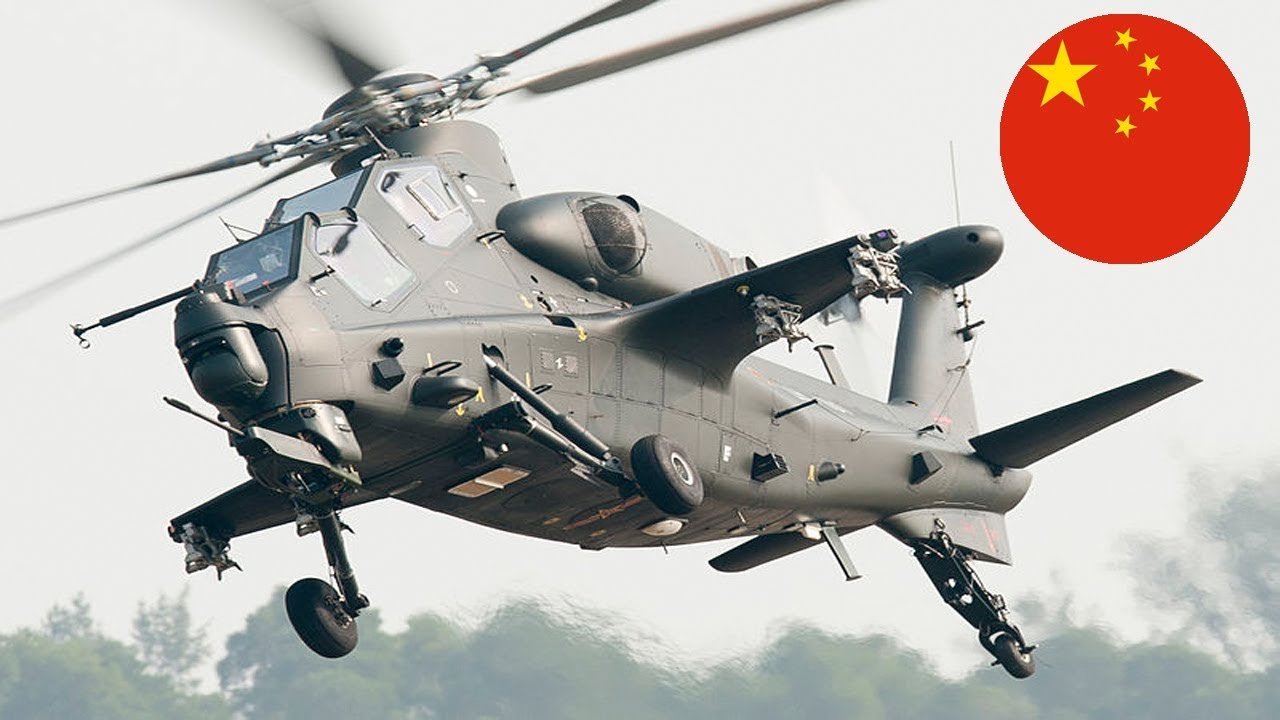
The Changhe Z-10, a medium attack helicopter, was initially developed with support from Russia’s Kamov Bureau. But the collaboration later fell apart. China had learned everything and went alone. China also wanted a lighter, agile airframe. Finally, the lightweight counterpart Z-19 was developed. Nearly 200 Harbin Z-19 have been built.
All PLA army aviation units have Z-10s. Newer variants have the more powerful WZ-9C engines, new data-link-enabled missiles, ceramic/graphene armor, MAWS, IRCM, YH millimeter-wave fire-control radar, and upward-facing exhaust nozzles (to lower infrared visibility). The Z-10 has one 23 mm PX-10A revolver cannon. Four hard points can carry a total of 1,500 kg load, including up to four laser-guided Chinese air-to-ground missiles.
China displayed its Z-10 attack helicopter for the first time outside its home country at the Singapore Airshow 2024. Over 200 Z-10s are in service in China, three of which are with the Pakistan Army.
Italy
In 1978, Agusta formally began the design process for what would become the Agusta A129 Mangusta. It was derived from the Agusta A109 utility helicopter and was also the first European attack helicopter. Only 60 were built for the Italian Army. It has a 20 mm gun and can carry 1,500 kg of load on four hard points.
Turkey
Turkey was looking for a new attack helicopter in the 1990s to replace its depleting Bell AH-1 Cobra and Bell AH-1 SuperCobra fleets. Finally, in September 2007, an order was placed for 51 TAI/AgustaWestland T129 ATAK helicopters.
It was a joint venture between AgustaWestland, and Turkish Aerospace Industries (TAI). TAI later acquired the rights for future manufacturing and intends to produce the T129 for export customers.
They are gradually replacing all components with indigenously produced ones. Over 100 have been built. Turkey requires nearly 150, the Philippines has ordered six, and Nigeria has ordered two. Some others have shown interest. Pakistan was negotiating but has currently chosen Chinese Z-10ME.
Eurocopter Tiger
The Eurocopter Tiger is a four-blade, twin-engine attack helicopter that first entered service in 2003. It is manufactured by Airbus Helicopters (formerly Eurocopter) and designated the EC665. The multirole attack helicopter achieved operational readiness in 2008.
The Tiger is the first all-composite helicopter developed in Europe. To increase its survivability, it incorporates advanced features such as a glass cockpit, stealth technology, and high agility.
French, German, Australian, and Spanish Army are the users. Over 200 have been built. Each country has its own equipment SOP. Tigers have been used in combat in Afghanistan, Libya, and Mali.
India’s ALH Rudra WSI & HAL Prachand
For a long time, the IAF operated two squadrons of Russian Mi25/35 attack helicopters. Later, it acquired 22 AH-64E Apache to replace them. Six more are on order for the Indian Army.
The HAL-WSI “Rudra” is the armed version of the HAL Dhruv utility helicopter. The latest variant, Rudra Mark IV, has forward-looking infrared (FLIR), day-and-night optical cameras, and a Thermal Imaging Sights Interface.
It is armed with a 20 mm turret gun, 70 mm rocket pods, anti-tank guided missiles, and air-to-air missiles. Nearly 100 have already been built, and more are on order. But it is not a purpose-built attack helicopter in the conventional sense.
The HAL “Prachand” is a multi-role light combat helicopter (LCH) for the IAF and Indian Army. In March 2010, the first LCH prototype made its maiden flight. It became the first attack helicopter to land in Siachen and repeatedly landed at several high-altitude helipads up to an elevation of 4,800 meters.
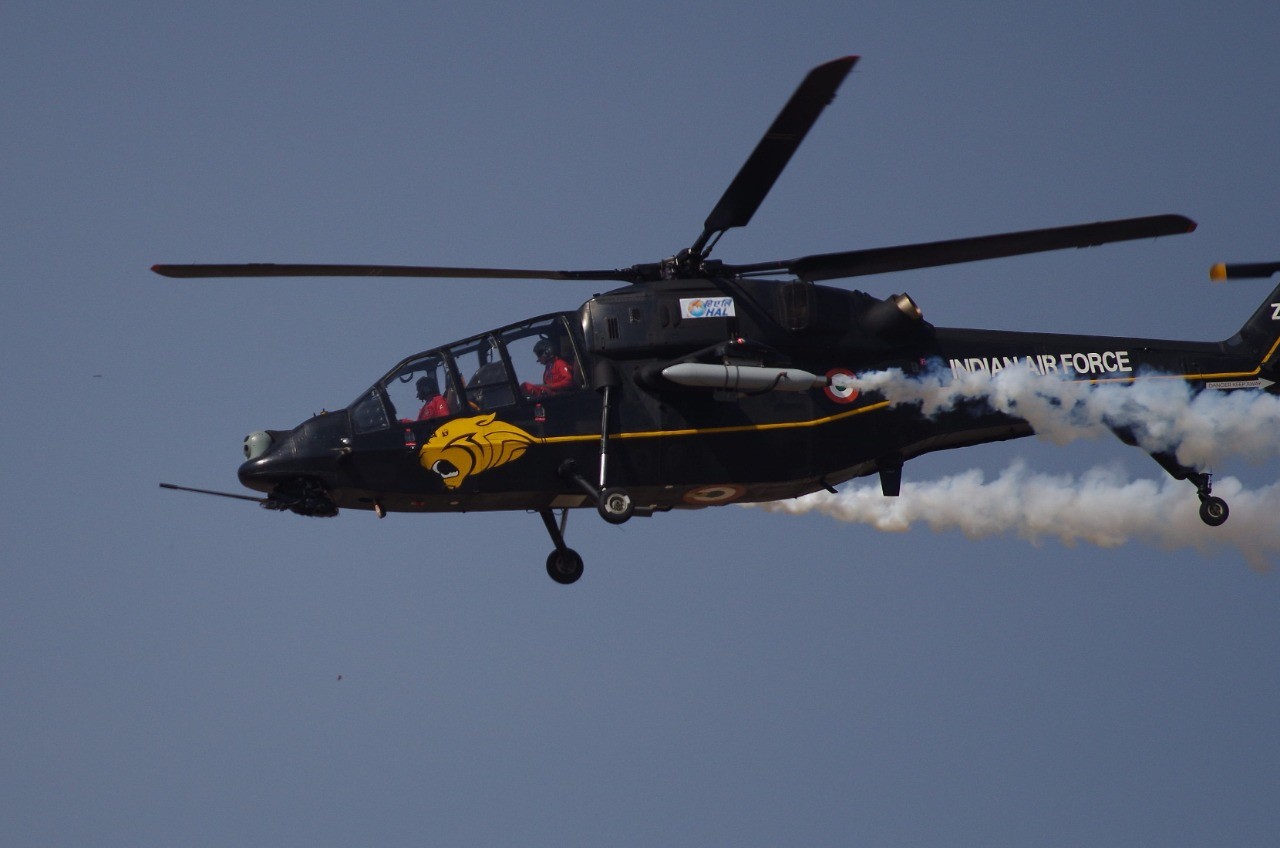
On 3 October 2022, the LCH was formally inducted into the IAF. Nearly 20 have been produced, and there are currently nearly 160 firm orders. They are already operating close to the Line of Actual Control (LAC) with China at Himalayan heights.
The LCH has a 20 mm M621 cannon on a Nexter THL-20 turret. The 4 hard points can carry combinations of missiles and rockets.
Attack Helicopters: Here To Stay
Serious operational action began in the Vietnam War. The Iran–Iraq War of the 1980s saw very intensive use of the helicopters and the only confirmed helicopter dogfights.
Afghanistan saw Soviet attack helicopters in action. In the 1990s, the U.S. attack helicopter AH-64 Apache was used extensively during Operation “Desert Storm” and “Iraqi Freedom,” destroying Iraqi early warning radar and surface-to-air missile (SAM) sites with their Hellfire missiles.
They were also used for direct attacks against enemy armor and as aerial artillery in support of ground troops. Eurocopter Tiger and AgustaWestland Apache attack helicopters saw action in Libya in 2011. Syria, Armenia-Azerbaijan, and many other conflicts have seen action of attack helicopters.
Attack helicopters did see some initial lapses in the Ukraine conflict. Some analysts started calling them as glorified ducks for hunting by MANPADS & SHORAD operators.
Enemy defenses need to be softened, either by fixed-wing aviation strikes or artillery conducting SEAD. Another view is that attack helicopters aren’t for en masse. They’re for selective targeting on ground targets that are mobile (tanks, IFVs, vehicle-supported infantry) and need suppression—literally hit-and-run. Yet many Ukrainian attacks were mauled by Russian Ka-52 in the early days of the summer counteroffensive.
Some say, why waste money on expensive attack helicopters when modern jet fighters, for just a little more price, are much more versatile. Fighters can do ground attacks with standoff weapons, but they can also do other things. But, warfare exists on a spectrum; an attack helicopter is indeed not a particularly survivable “day one” asset against a peer adversary. In combat against non-peer competitors, they will remain extremely useful for some time as both fire support assets and escorts for assault support aircraft.
But the main reason attack helicopters will not disappear is that they fill a niche that very few platforms can fill. They are the only 350 KMPH missile carriers that can hide behind trees, pop up, and literally shoot and scoot.
Drones have introduced another niche, but they, too, have many counters, such as RF/EM jamming. Drones can best fill the gap between cruise missiles and helicopters. Turkey, one of the significant UCAV operators, has nearly 70 T129 Atak helicopters today. So, the two are exclusive assets.
Apache or Ka-52 are still the most survivable, efficient, and formidable flying anti-tank platforms available to militaries. They also have significant roles as anti-UAV and anti-attack helicopters.
They will continue to have a significant role as escorts to large utility helicopters. Attack helicopters remain under development and under production with major nations and militaries. They are here to stay as significant operational assets.
- Air Marshal Anil Chopra (Retired) is an Indian Air Force veteran fighter test pilot and former Director-General of the Center for Air Power Studies in New Delhi. He has been decorated with gallantry and distinguished service medals while serving in the IAF for 40 years.
- He tweets @Chopsyturvey
- Follow EurAsian Times on Google News




